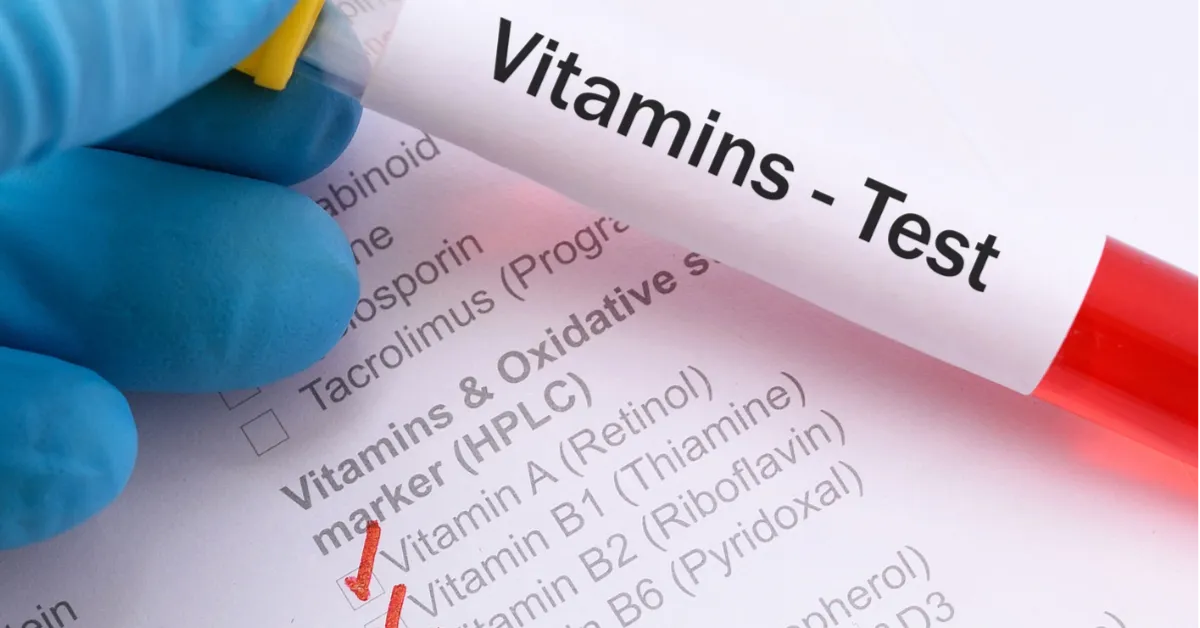EN 14130 Vitamin E Content Testing in Margarine and Oils
The European standard EN 14130 specifies the methodology for determining the vitamin E content in fats, oils, and their derivatives. This service is particularly crucial for manufacturers of margarine and oil products as it ensures compliance with dietary requirements and nutritional labeling regulations.
Vitamin E, a fat-soluble antioxidant, plays an essential role in protecting cells from oxidative stress. It helps prevent the breakdown of cell membranes by neutralizing free radicals. In the context of food and feed testing, accurate measurement of vitamin E content is vital for maintaining product quality and safety.
The standard outlines a series of steps to ensure reliable results, including proper sample preparation, analysis using high-performance liquid chromatography (HPLC), and quantification based on international standards such as ISO 15686. This method ensures that the vitamin E content in products is accurately determined, which is critical for nutritional labeling and consumer health.
The process begins with the collection of representative samples from production batches or finished goods. Samples are then prepared by homogenizing them to ensure uniformity before analysis. Once prepared, the samples undergo chromatographic separation followed by detection using ultraviolet-visible (UV-Vis) spectroscopy. The results are compared against established reference values provided in EN 14130.
Our laboratory adheres strictly to this protocol, ensuring that all tests meet both industry and regulatory standards. By doing so, we provide reliable data that supports informed decision-making throughout the supply chain—from raw material selection to final product release.
Understanding the vitamin E content in margarine and oil products is not only beneficial for compliance purposes but also has broader implications for public health and nutrition education. Accurate testing helps manufacturers produce healthier alternatives while ensuring transparency with consumers about nutritional content.
In summary, EN 14130 provides a robust framework for measuring vitamin E levels in fats and oils. This service is essential not only for regulatory compliance but also for enhancing product quality and promoting better health outcomes through nutritionally balanced food choices.
Industry Applications
The application of EN 14130 in the industry extends beyond mere compliance; it supports innovation and quality assurance across various sectors. For instance, in margarine manufacturing, accurate vitamin E content measurement ensures consistency in product formulation.
In olive oil production, where vitamin E acts as a natural preservative, this standard helps maintain product integrity during storage and distribution. Similarly, for other edible oils like sunflower or corn oil, ensuring adequate levels of vitamin E enhances their shelf life and nutritional value.
For feed manufacturers, testing vitamin E content ensures that livestock receive sufficient amounts necessary for optimal growth and immune function. This aligns with broader sustainability goals within the agricultural sector by promoting efficient use of resources and supporting animal welfare practices.
The precision offered by EN 14130 allows companies to optimize their processes, improve product quality, and meet consumer expectations regarding health claims on packaging labels. Additionally, it fosters trust among stakeholders, including customers, regulatory bodies, and investors who value transparency and reliability in nutritional content declarations.
Quality and Reliability Assurance
Ensuring that vitamin E levels comply with established standards is fundamental to maintaining product integrity. Our laboratory employs rigorous quality control measures at every stage of the testing process, from sample collection to final report generation.
We follow stringent protocols for sample preparation, ensuring homogeneity and representativeness. This approach minimizes variability introduced during processing, leading to more accurate results. Once prepared, samples undergo detailed analysis using state-of-the-art instrumentation such as HPLC equipped with UV-Vis detection capabilities.
The precision of our instruments allows us to detect even trace amounts of vitamin E, providing reliable data that can be used for quality assurance purposes. Our experts interpret these findings against reference values specified in EN 14130, ensuring compliance with both local and international standards.
In addition to standard methods, we also offer custom testing options tailored to specific client needs. These might include extended analytical runs or additional parameters not covered by the base standard but important for particular applications. By offering flexibility alongside consistency, we cater to diverse requirements within the industry while maintaining high-quality benchmarks.
Our commitment to excellence extends beyond technical proficiency; it includes continuous improvement through ongoing training and certification programs for our staff. This ensures that all personnel are up-to-date with the latest developments in analytical techniques and best practices.
Competitive Advantage and Market Impact
Accurate vitamin E content testing offers significant competitive advantages for companies operating within the food, feed, and nutritional supplement industries. By ensuring compliance with relevant standards, businesses can build trust among consumers who value transparency in product labeling.
For instance, margarine manufacturers benefit from consistent quality assurance measures that enhance brand reputation and customer loyalty. Similarly, feed producers gain competitive edge by offering products fortified with appropriate levels of vitamin E, thus supporting animal health and performance.
The ability to provide accurate data also enables companies to optimize their formulations, reducing waste while maximizing nutritional benefits. This translates into cost savings for manufacturers as well as improved outcomes for end-users.
Moreover, adherence to international standards like EN 14130 demonstrates a commitment to responsible business practices that align with global trends towards sustainable agriculture and food security. It positions organizations favorably in markets where regulatory compliance is increasingly stringent due to evolving consumer preferences.
In conclusion, accurate vitamin E content testing using the EN 14130 standard provides more than just compliance; it offers a pathway to enhanced product quality, improved market positioning, and sustainable business practices that resonate with modern consumers seeking healthier food choices.





